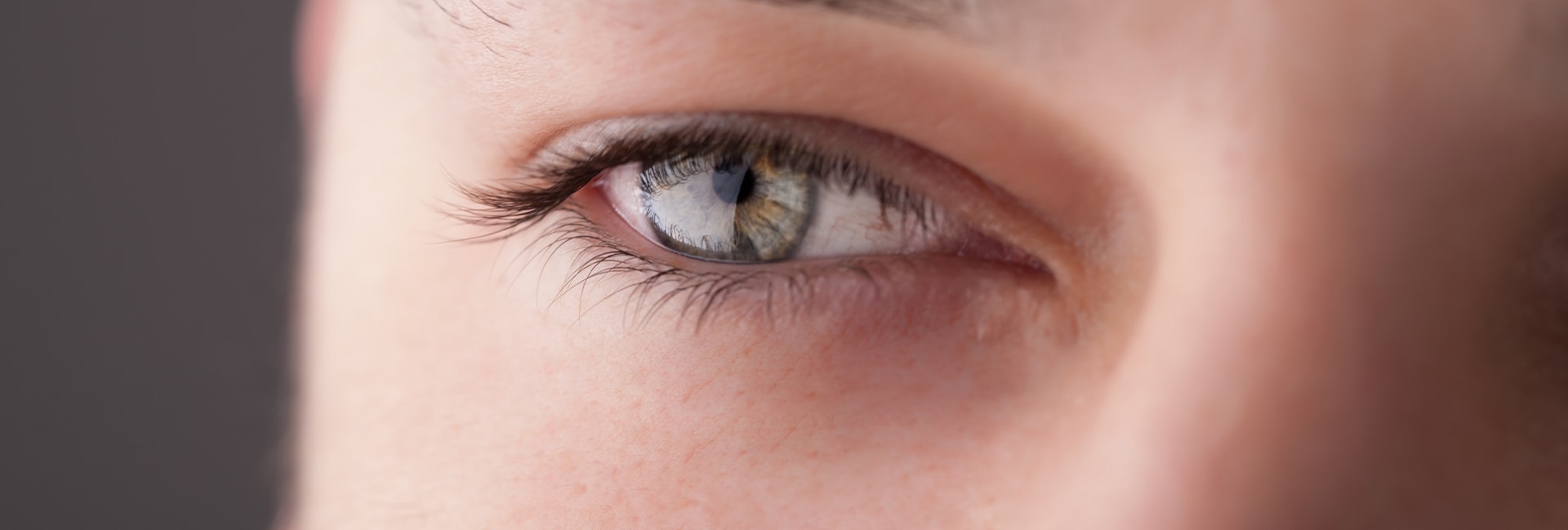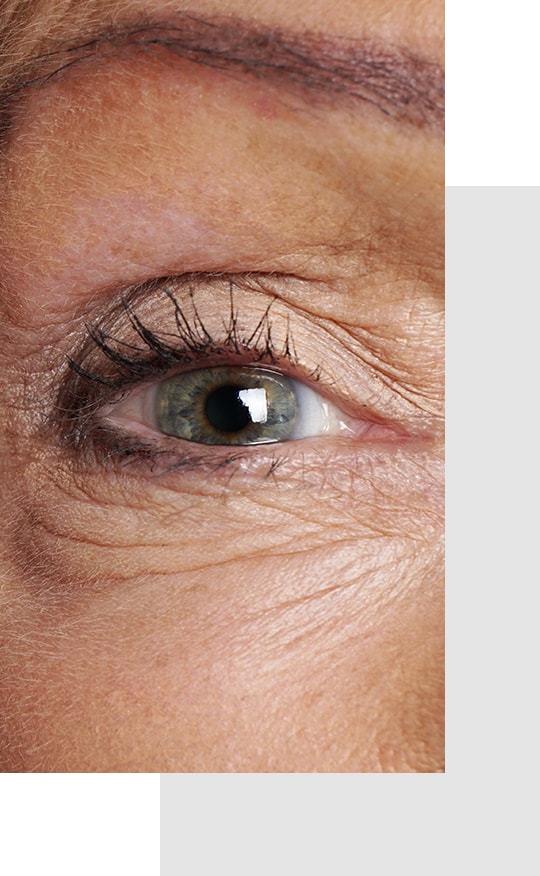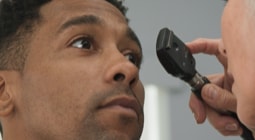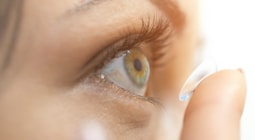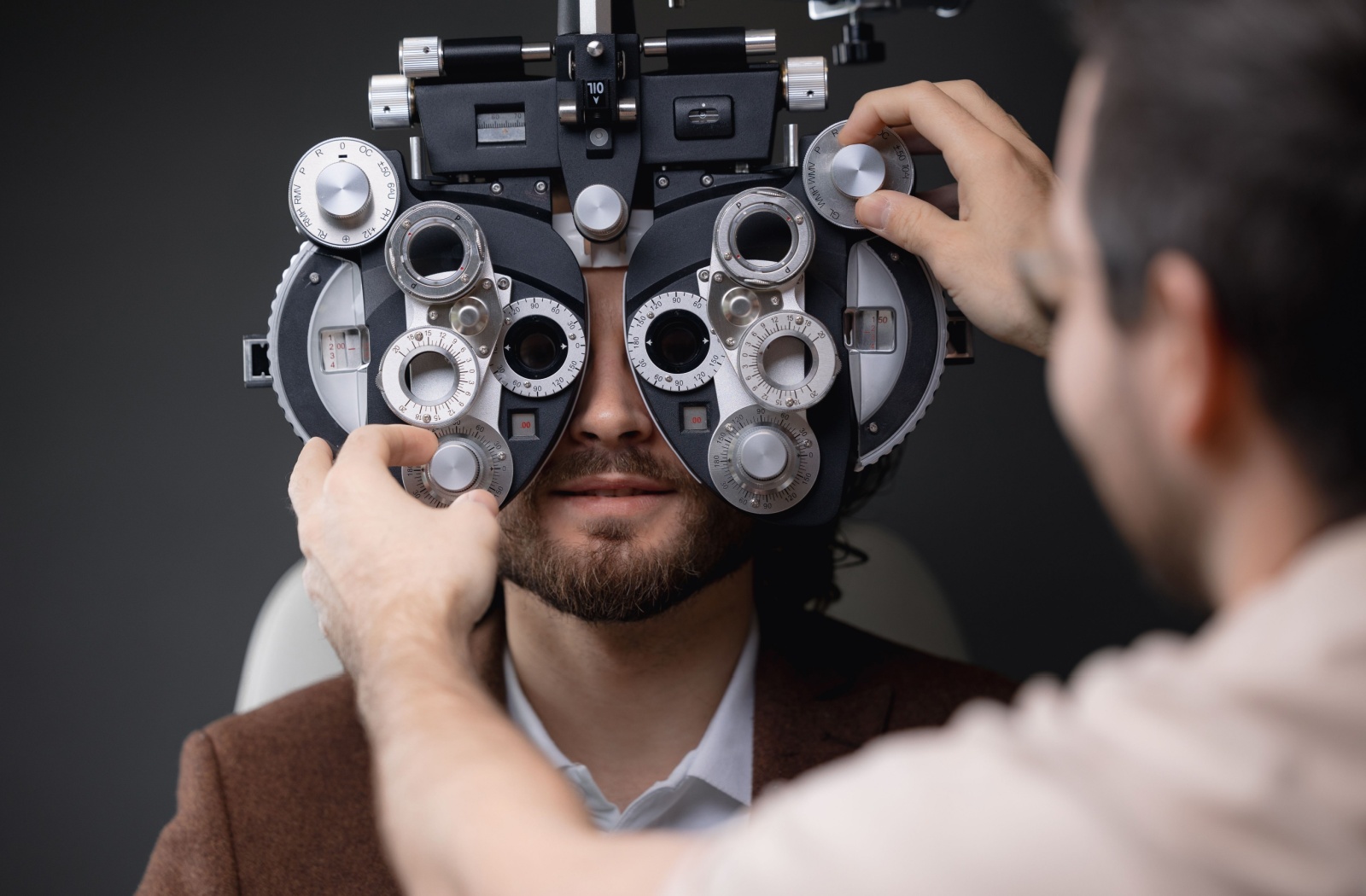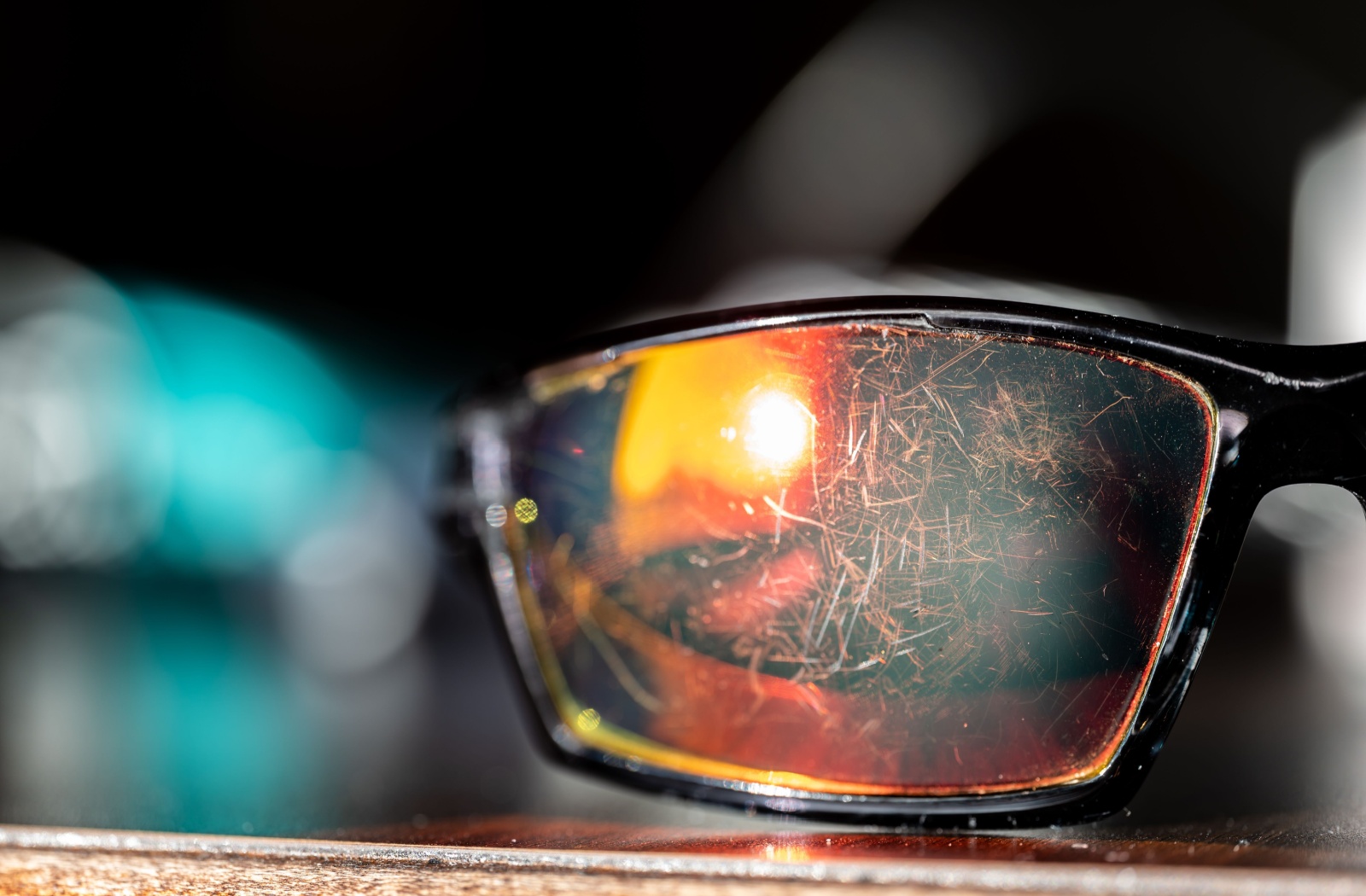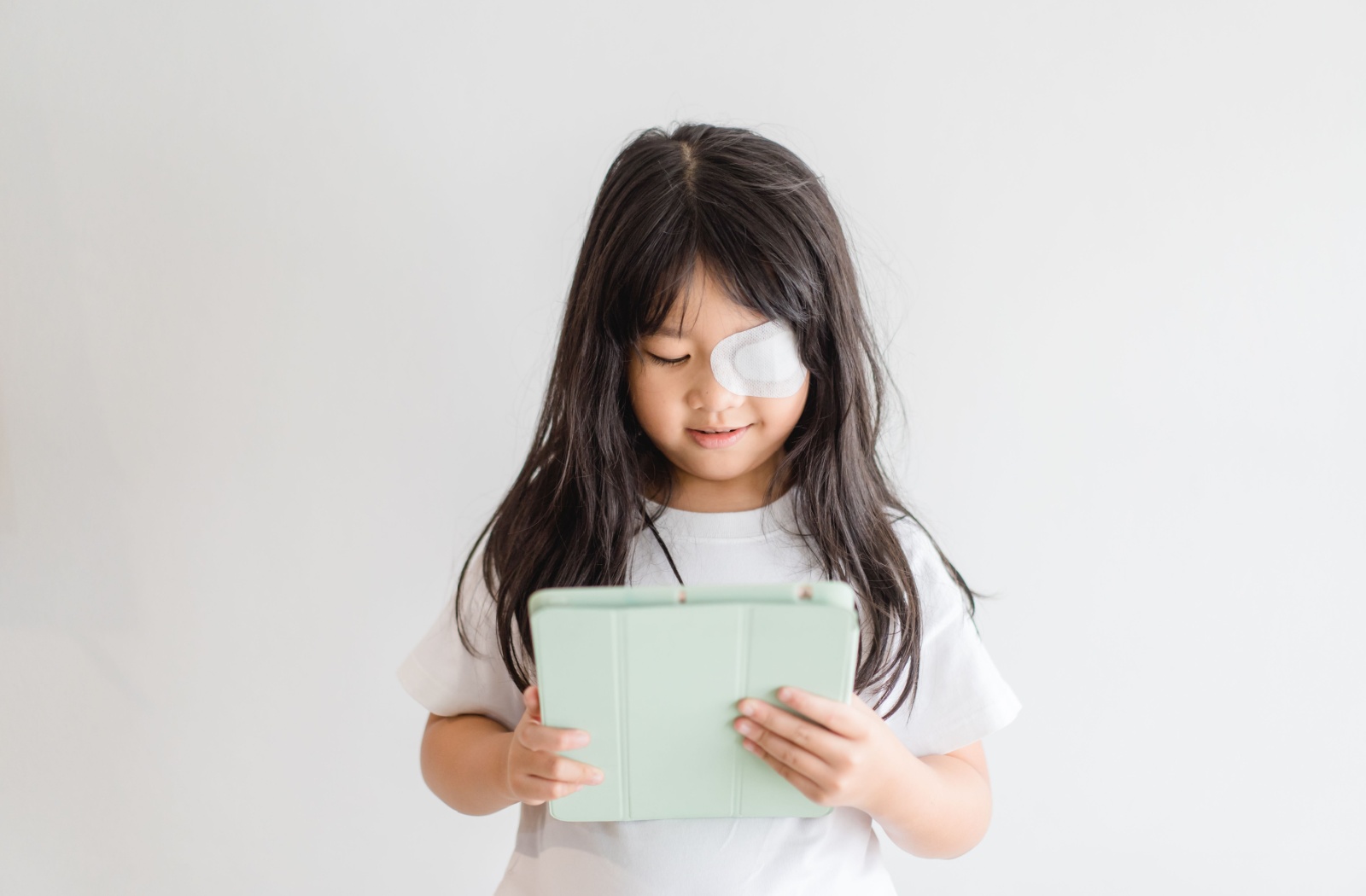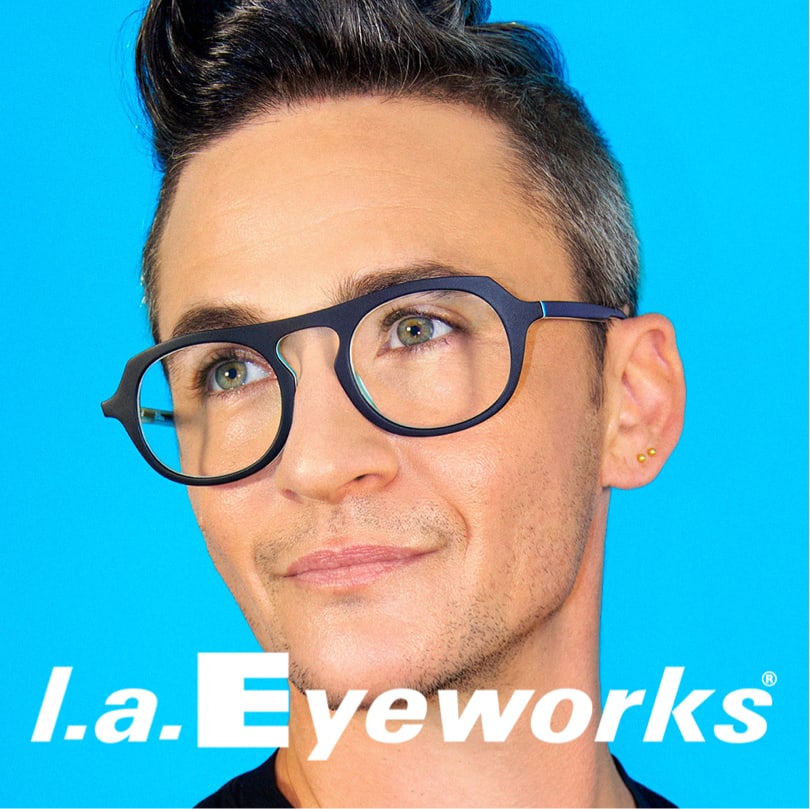Do You See Flashes of Light or Shadows?
Floaters, the squiggly lines that float in our vision, and flashes, the spots or streaks of light that sometimes appear in our vision, are two visual phenomena that most people will experience throughout their lives.
We see hundreds of patients every year at The Eye Gallery who mention seeing eye floaters or flashes in their vision. Although irritating, flashes and floaters are generally not medically dangerous.
However, the sudden onset of flashes or floaters may be a sign of a condition that could lead to vision loss. Always mention your flashes and floaters during your eye exams, just so your optometrist can rule out harmful eye conditions.

